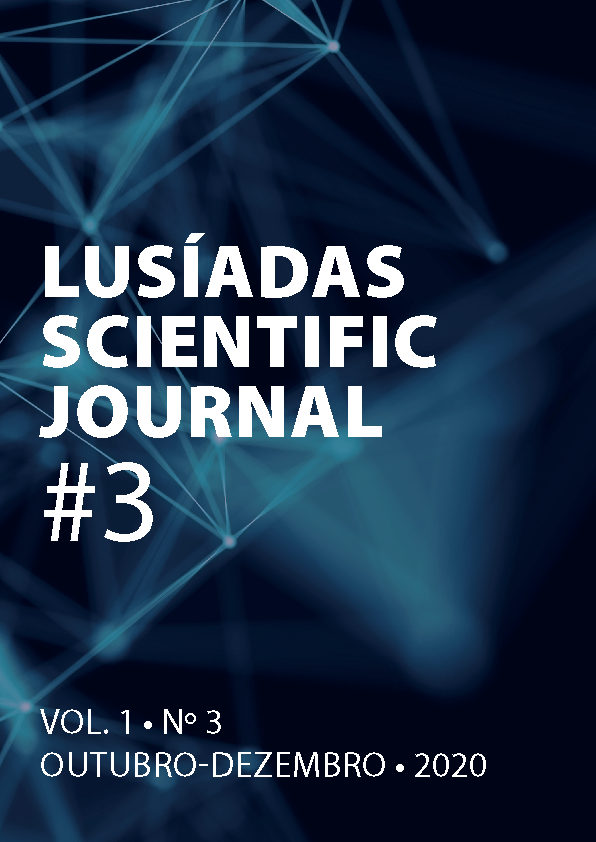Review Articles
Cutaneous Manifestations in the COVID-19 Pandemic
Main Article Content
Abstract
Several cutaneous manifestations have been described in association with infection by the severe acute respiratory syndrome coronavirus 2 (SARS-CoV-2). These include dermatoses observed in the context of COVID-19 infection, those secondary to its treatment and, in addition, skin changes related to the use of personal protective equipment and personal hygiene measures.
Dermatoses associated with SARS-CoV-2 can result from the direct action of the virus on the skin or indirect mechanisms of toxicity resulting from immunological phenomena, including the cytokine storm observed in the most severe cases. Its frequency (from 0.2 to 20.4% in the reported series) and chronology appears to be varied and, with some exceptions, in most cases it is difficult to establish a relationship between the cutaneous manifestation and the severity of the COVID-19 infection. The most common skin manifestations can be classified as exanthematic (papulo-vesicular eruption, morbilliform rash), of vascular pattern (chillblain-like,
purpuric/petechial, livedoid lesions), urticarial and acro-papular eruption. In children, rare cases of pediatric multisystem inflammatory syndrome have been described. In a patient with COVID-19 and skin manifestations, one should also not exclude the possibility that they represent a skin reaction to one of the various drugs used in its treatment.
In the context of the pandemic and the frequent, or even continued, use of personal protective equipment and with the constant washing and disinfection of the hands, there is an increase in dermatoses (especially of the face and hands) not only in health professionals, but also in the general population. Mechanical or friction dermatoses, irritant and allergic contact dermatitis, xerosis and dyshidrotic eczema are some of the most common ones. Worsening of pre-existing dermatoses such as acne, rosacea, seborrheic dermatitis or eczemas already diagnosed, as well as their de novo appearance in individuals without previous pathology can also be observed.
As a whole, skin manifestations directly or indirectly related to the COVID-19 pandemic have changed the dermatological practice.
Their knowledge contributes to the identification of suspected cases of COVID-19 and to improve care in patients with known infection. Finally, they alert to the need to adjust the daily dermatological care of the entire population, while seeking to prevent occupational dermatoses in frontline pandemic workers.

